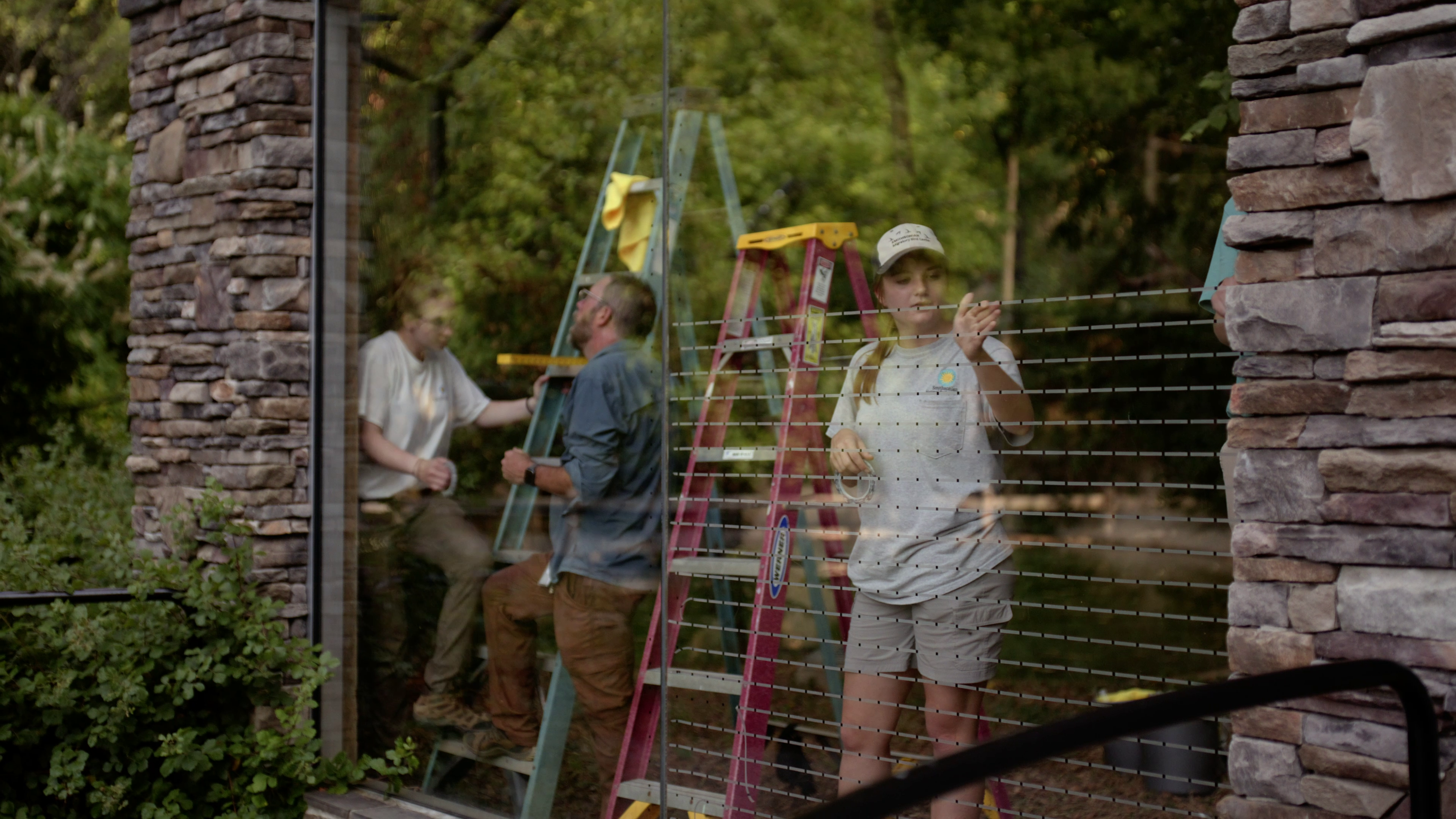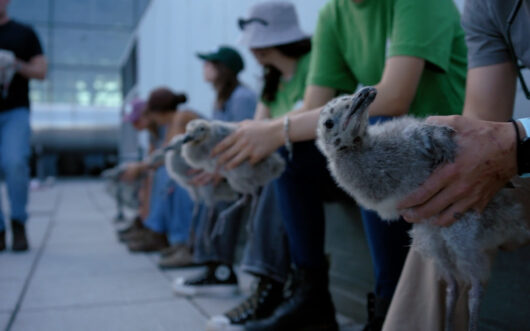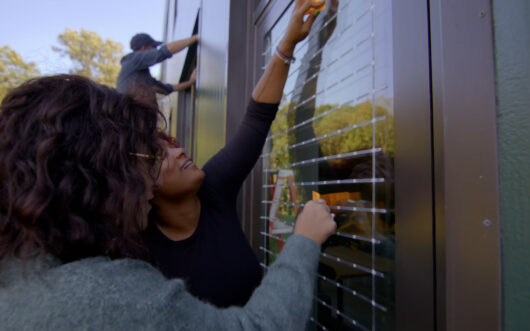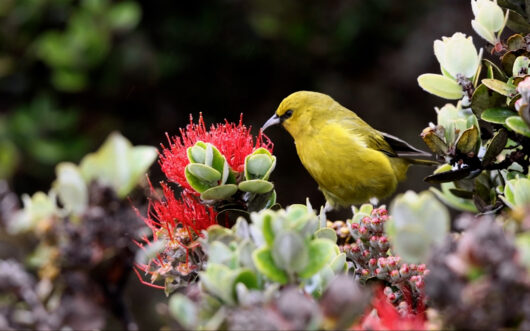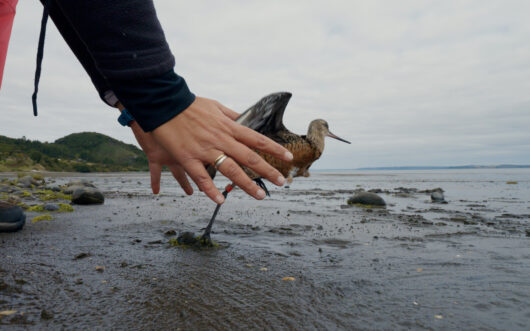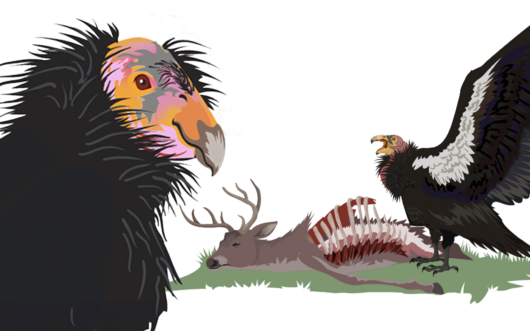Smithsonian’s National Zoo and Conservation Biology Institute in Washington, D.C., has always been dedicated to providing a fantastic experience for its patrons. But in recent years, the zoo has realized that it’s been letting down a different kind of visitor — the birds passing through on their annual migrations.
Hundreds of thousands of birds pass through the zoo on their trips up and down the Atlantic Flyway each year. When birds land in the zoo’s lush grounds to rest and refuel, they find themselves in a dangerous maze of glass, with deadly consequences.
But thanks to a small but dedicated team of Smithsonian staff, that’s starting to change. In 2024, a newly formed bird collision prevention team began an effort to make all the zoo’s glass bird-safe — and to encourage its patrons to make similar changes in their own homes.
The Invisible Killer
Glass is a big bird-killer, responsible for the deaths of more than a billion birds every year in the United States alone. Birds collide with glass because they mistake the reflection they see for clear sky or safe habitat. Usually, that collision ends in death, but the magnitude of the problem has flown under the radar until recently.
“The majority of birds that crash into windows do not die directly at the window,” says Brian Evans, a migratory bird ecologist at the Smithsonian Migratory Bird Center. “If you’ve got windows, most likely there are birds colliding with them — unless your house is indoors.”
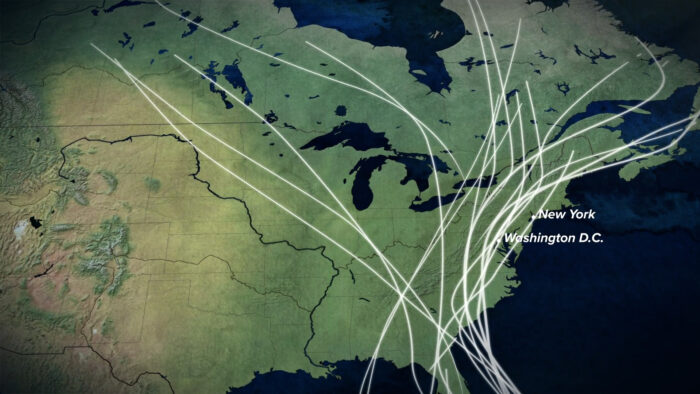
Glass collisions spike during migration season, when billions of birds are making their way through unfamiliar environments. Small songbirds that move in quick bursts and young birds that are still learning to navigate are the most susceptible.
The National Zoo gets its fair share of migratory visitors thanks to its location on the Atlantic Flyway and within D.C.’s forested Rock Creek Park. But the zoo hasn’t always thought as much about the animals that pass through its grounds as the animals within its enclosures. That began to change with the redesign of its aging Bird House.
“As we were designing the bird house in 2018, one of the criterias was that the design had to be bird-friendly — and that included glass,” says Sara Hallager, curator of birds for the zoo. “We didn’t want to build a new Bird House and have it kill birds.”
Hallager started to monitor bird-glass collisions across the property, and the results after several years were alarming. Hundreds of birds were colliding with glass on zoo grounds. So in 2024, Hallager teamed up with Evans and Tara Snedgen, the bird observatory manager at the Smithsonian Migratory Bird Center, to see what they could do to solve the problem.
A Simple Solution
The team knew what they needed to do: make glass around the zoo more visible to birds, so they would avoid it rather than fly into it. Luckily, there is an increasingly large body of research on what works.
Small dot or square decals spaced in a 2-by-2-inch grid are incredibly effective at preventing bird collisions. When placed on the outside of glass surfaces, the dots help birds see the glass as a physical object. The spacing ensures that not even a hummingbird will try to fly in between the pattern.
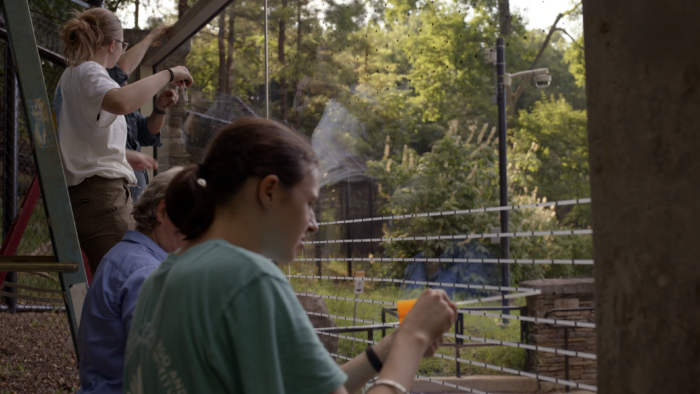
The team got funds from the zoo to buy decals from an organization called Feather Friendly, which makes a number of bird-safe glass products, in 2023. Then, in spring of 2024, they got to work covering the zoo’s 10,000 square feet of glass in decals. It was slow going at first, but they developed a system that ramped up progress over time. And they haven’t had to do it alone.
“We get people to come out of their offices, we get people to come join us. It’s so cool to see how people are bonding over this experience,” Snedgen says. “We just get so much of the Smithsonian community involved.”
The National Zoo campus has now covered more than half of its glass in bird-safe decals — including all 1700 square feet of glass in the zoo’s famous panda house. The efforts have paid off. Not a single bird collision has been recorded in the zoo since last fall.
A Bird-Friendly Future
Of course, doing this at a zoo presents unique challenges, the team says. Zoo patrons have a habit of trying to peel off the dots, and so do some of the animals in the enclosures (the orangutans have been repeat offenders). But the opportunity to make a difference and reach the zoo’s audience of 2 million visitors a year vastly outweighs these hurdles.
“The important part of doing this at the Smithsonian is we get to represent the best case scenario for the country,” Evans says. “By doing it here, we’re displaying this to everybody. And that’s profoundly important.”
Treated windows throughout the zoo have QR codes with information to explain the decals and benefits of bird-friendly glass. In the Bird House, Evans and Snedgen set up a booth where they answer questions about bird migration and bird-friendly measures.
“It feels so good to be part of something this meaningful,” Snedgen says. “To know people are seeing the work that we’re doing and they’re learning about this and they’re taking that information home with them to implement themselves.”
This year, the team will continue their quest to stick dots on every window they can get their hands on. Their hope is that someday soon, all of the zoo’s glass will be bird-safe, and they’ll never have to hear the “thunk” of a bird collision on the zoo grounds again.
See Hallager, Evans, and Snedgen in action in “Wild Hope: Building for Birds,” now playing on the PBS Nature YouTube channel. And for more ways to help birds in your own community, check out the Wild Hope bird-friendly resource page!
